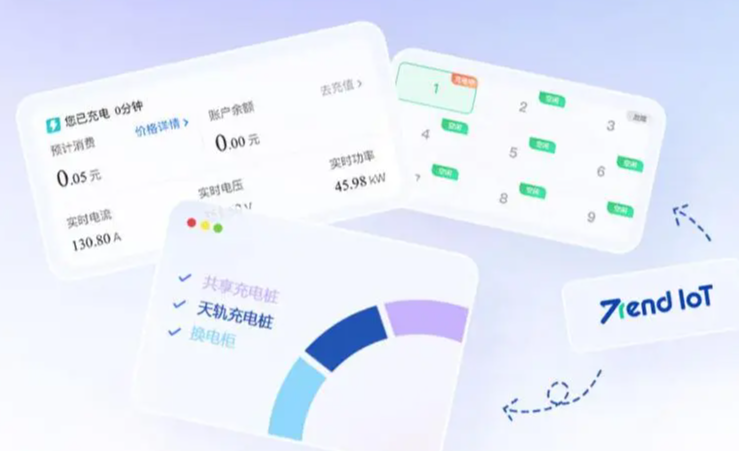The technical framework of EV charging station system is a complex and highly integrated system designed to provide efficient, secure, and convenient charging services. Below is a brief overview of its technical framework:

I. System Architecture Design
The technical framework of the EV charging station system primarily comprises the following layers:
Charging Station Layer: This is the bottommost layer consisting of specific charging station equipment. The charging stations are responsible for transmitting electrical energy to electric vehicles and possess data acquisition and communication capabilities. Through communication modules with the cloud platform, the charging stations can upload real-time charging data and receive control instructions.
Cloud Platform Layer: The cloud platform serves as the core of the entire system, overseeing management, data storage, and business logic processing for the charging stations. Employing a microservice architecture, the cloud platform facilitates independent deployment and scaling of individual functional modules, enhancing system flexibility and scalability. Additionally, the cloud platform boasts robust data processing capabilities, enabling real-time analysis of charging data to provide decision support for operators.
User Interface Layer: This layer comprises mobile apps, web pages, and other user interfaces, enabling users to inquire about charging station information, schedule charging sessions, and make payments. Through these interfaces, users can conveniently locate nearby charging stations and enjoy seamless charging services.
Third-Party Interface Layer: To offer additional services and functions, the charging station system must interface with third-party services such as payment systems and mapping services. The third-party interface layer is responsible for integrating and invoking these interfaces.
II. Key Technology Selection
Within the technical framework of the EV charging station system, selecting the right technologies is crucial. Here are some common technology choices:
Backend Frameworks: High-performance and scalable frameworks like Spring Boot or Node.js can be selected for development.
Databases: Relational or non-relational databases like MySQL or MongoDB are recommended for storing charging station information, user data, and transaction records.
Frontend Frameworks: Frameworks like React or Vue.js can be chosen to develop user interfaces, offering rich component libraries and excellent user interaction experiences.
Message Queues: Since the system handles vast amounts of real-time data, message queues like Kafka or RabbitMQ can be utilized for asynchronous message processing and load leveling.
III. Security Performance
The EV charging station system must also possess robust security features, including user identity authentication and data transmission encryption. Through appropriate security mechanisms, the system ensures the safety and privacy of user information and charging data.




